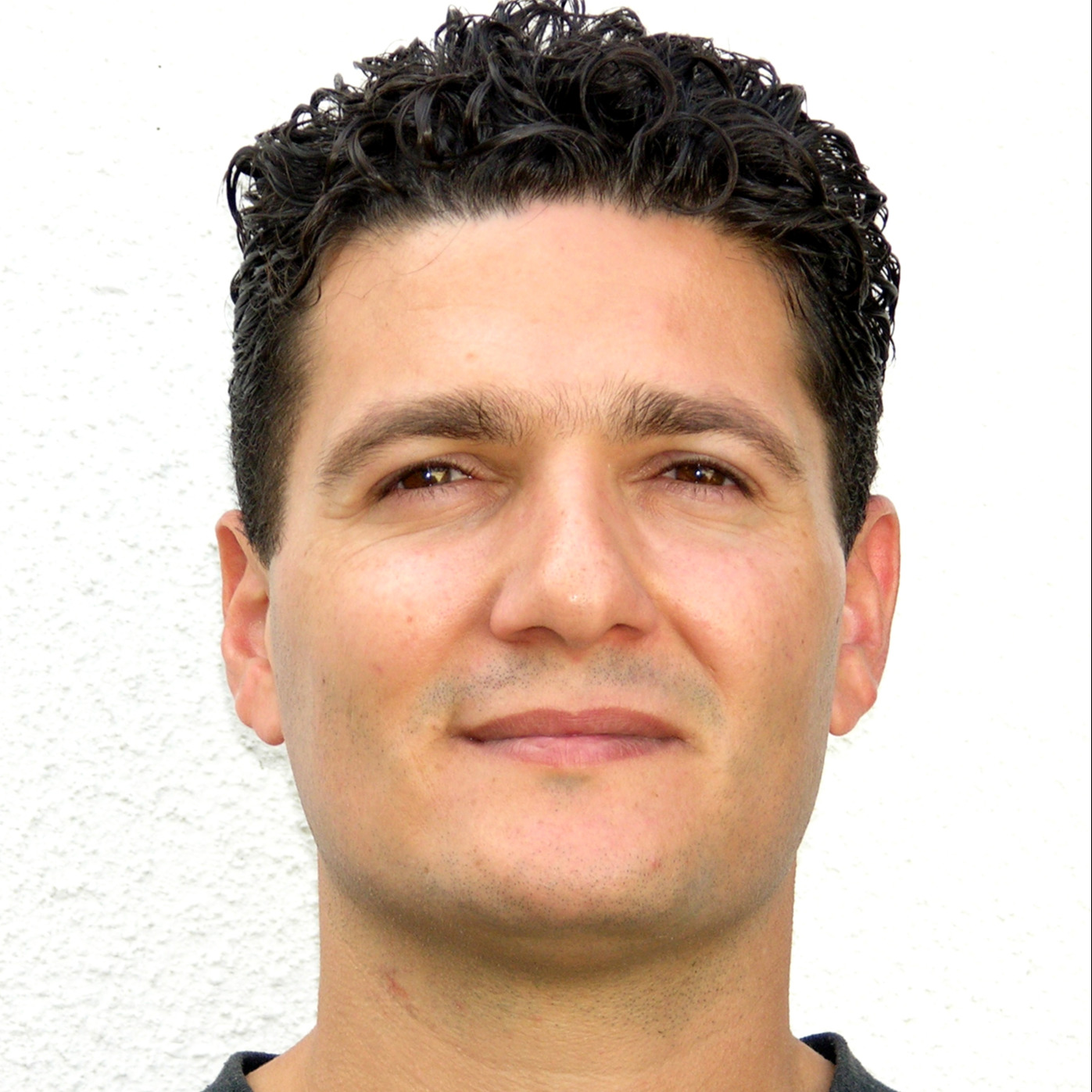Preprint
Article
Environmental Fate of Glyphosate in Citrus Production Soils of Florida
Altmetrics
Downloads
244
Views
320
Comments
0
supplementary.pdf (45.51KB )
This version is not peer-reviewed
Submitted:
22 June 2021
Posted:
23 June 2021
You are already at the latest version
Alerts
Abstract
Chemical weed control using herbicide glyphosate to manage emerged weeds is an important production practice in Florida citrus. Despite the extensive use of glyphosate in citrus orchards, very limited information is available on its environmental fate and behavior in Florida soils that are predominantly sandy in nature. Hence, the study's objective was to understand the adsorption-desorption, dissipation dynamics, and vertical movement or leaching of glyphosate in sandy soils in citrus orchards. Laboratory, field, and greenhouse experiments were conducted at Southwest Florida Research and Education Center in Immokalee, Florida. The adsorption-desorption behavior of glyphosate in the soils from three major citrus production areas in Florida was studied utilizing a batch equilibrium method. The dissipation of glyphosate was tracked in the field following its application at the rate of 4.20 kg ae ha-1. Soil leaching columns in greenhouse conditions were used to study the vertical movement of glyphosate. The results suggest that glyphosate has a relatively lower range of adsorption or binding (Kads = 14.28 to 30.88) in the tested soil types. The field dissipation half-life (DT50) of glyphosate from surface soil was found to be 26 days. Glyphosate moved vertically or leached into the soil profile, up to 40 cm in the soil column, when analyzed 40 days after herbicide application. The primary degradation product of glyphosate, i.e., aminomethyl phosphonic acid (AMPA), was also detected up to the depth of 30 cm below the soil surface, indicating the presence of microbial metabolism of glyphosate in the soil.
Keywords:
Subject: Environmental and Earth Sciences - Atmospheric Science and Meteorology
Copyright: This open access article is published under a Creative Commons CC BY 4.0 license, which permit the free download, distribution, and reuse, provided that the author and preprint are cited in any reuse.
MDPI Initiatives
Important Links
© 2024 MDPI (Basel, Switzerland) unless otherwise stated







